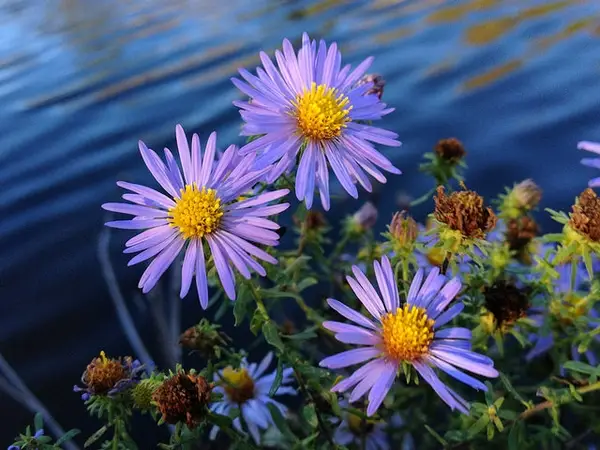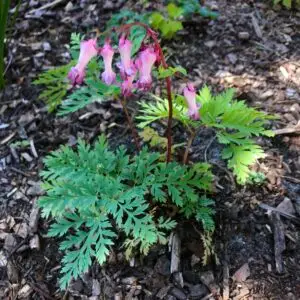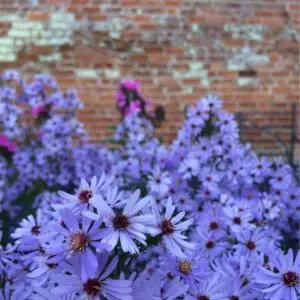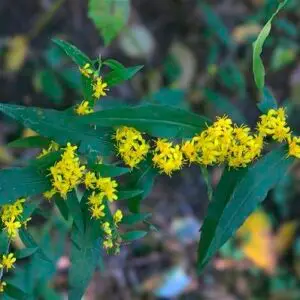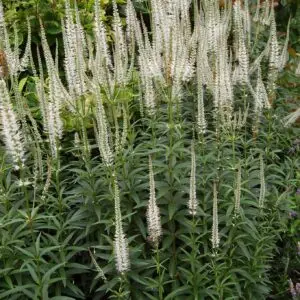| Size | 4" Pots for Preorder Only, Trade Gallons |
|---|
Symphyotrichum oblongifolium – Aromatic Aster (B&B.DR.DRGHT.H.M.NB.OP)
$15.00
Ecosystem Services:
(B)-Birds (B&B)-Birds & Butterflies
(BTF)-Butterflies (BW)-Black Walnut Resistant
(DR)-Deer Resistant (DRGHT)-Drought Resistant
(EC)-Erosion Control (EVR)-Evergreen
(FC)-Fall Color (FRG)-Fragrant
(GRD)-Groundcover (H)-Host plant
(HMR)-Hummingbirds (M)-Mammals
(MTH)-Moths (N)-Nectar
(NB)-Native Bees (NST)-Nesting Material
(OP)-Other pollinators (RR)-Rabbit Resistant
(SHWY)-Showy (SPC)-Specimen Plant
Aromatic aster is a native perennial wildflower in the Asteraceae (daisy) family. In nature it is found on rock outcrops and dry woodlands over limestone, and calcareous shale. The common name comes from the balsam-like fragrance it gives off when its rigid stems are crushed.
Plant in the full sun with well drained soil. Reaching a mature height and width of 3 feet aromatic aster creates dense low mounds. The showy small purple flowers have a long bloom season lasting from late summer until the first frost. It propates by its wind dispersed seeds or it can spread by stolons.
Mass pant along a walkway or use in the front of a sunny border. It is just as at home in a meadow or naturalized area. This plant is resistant to browsing by deer and rabbits and is both drought tolerant and tolerant of coastal conditions. This is a great substitute to use in place of fall mums.
This plant was selected as the 2000 NC Wildflower of the Year, a program managed by the North Carolina Botanical Garden with some financial support from the Garden Club of North Carolina.
Host for the the Silvery Checkerspot and the Pearl Crescent butterflies.
Members of the genus Symphyotrichum support the following specialized bees: Andrena asteris, Andrena asteroides, Andrena hirticincta, Andrena nubecula, Andrena placata, Andrena simplex, and Colletes simulans.

